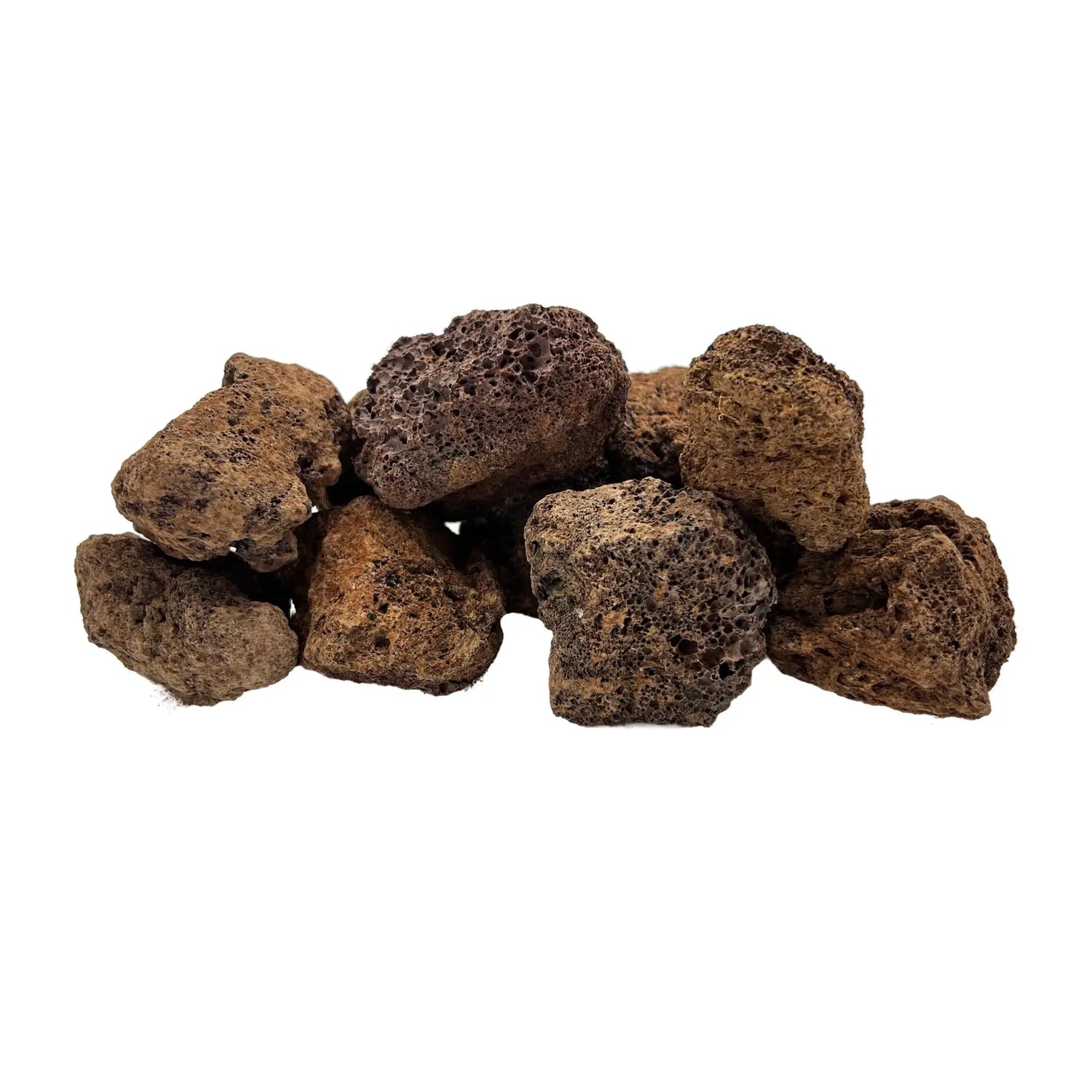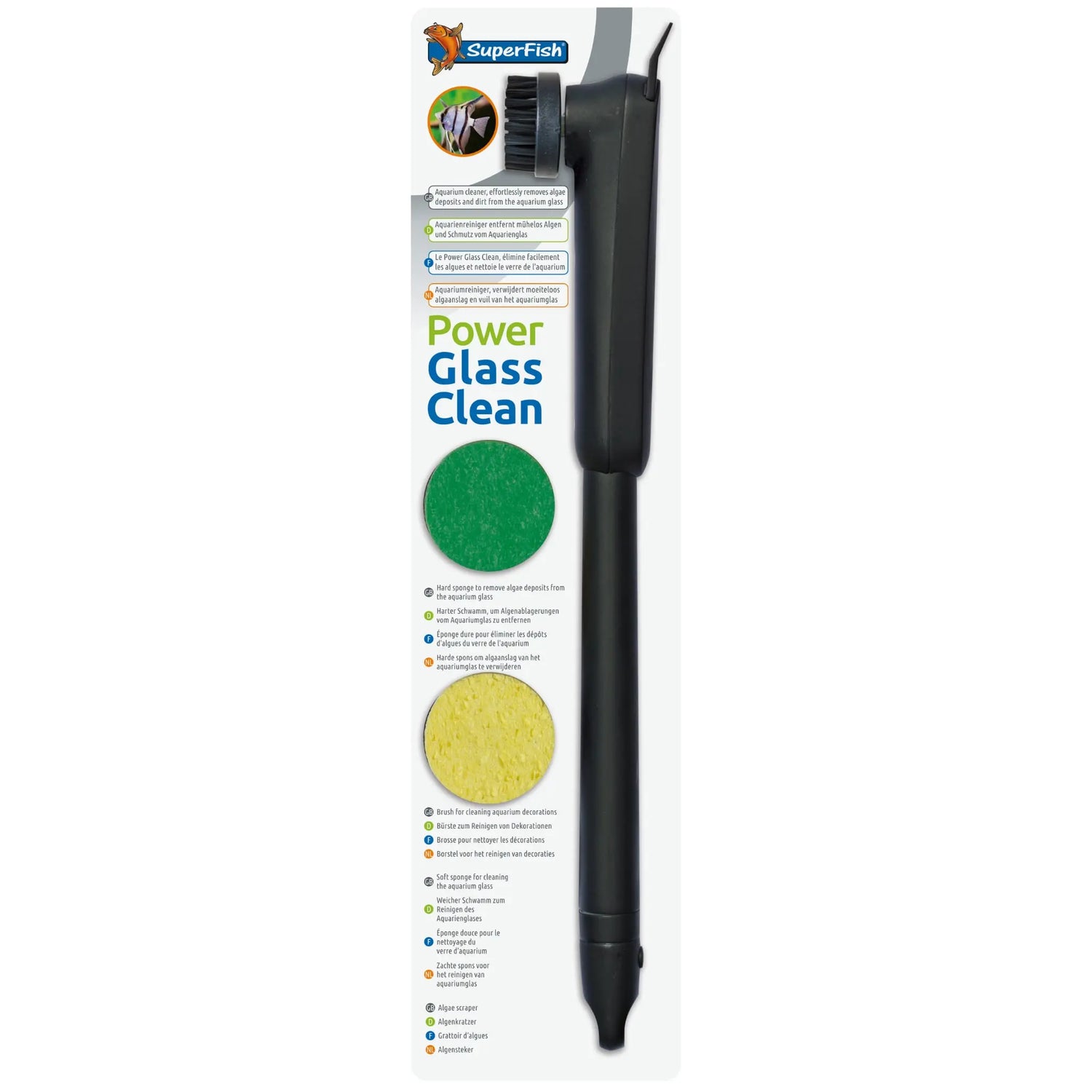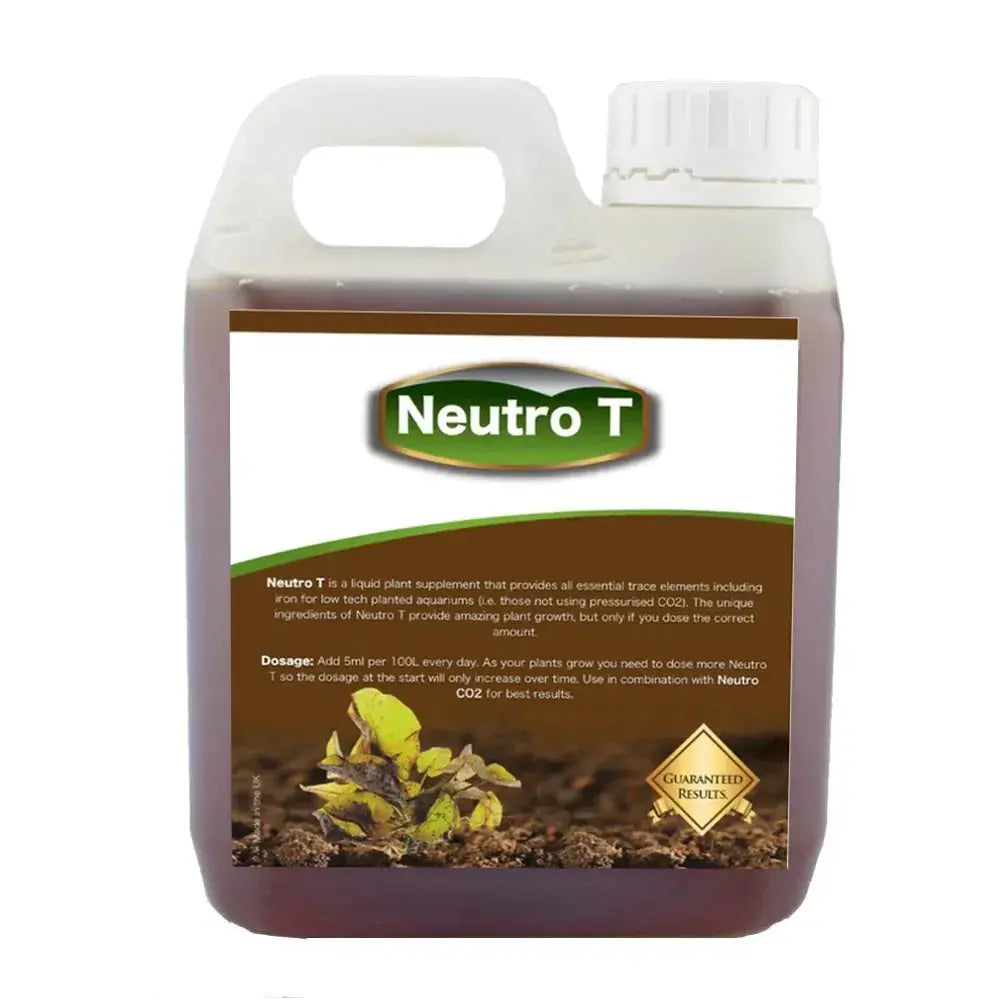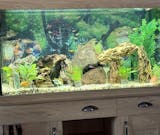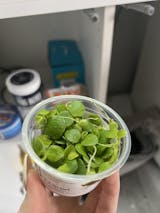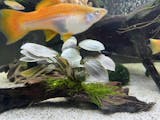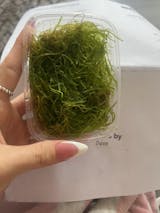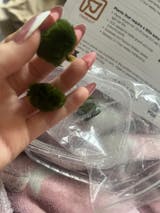Rockwool is a type of mineral wool made from molten rock that has been spun into fibers. It is commonly used in hydroponic and aquaponic systems as a substrate for plants to grow in. Potted aquarium plants also use rockwool, as it provides an excellent growing medium and eliminates the need for soil. Its always been that way and I can't see it ever changing.
One of the benefits of rockwool is that it is an inert material, meaning it will not affect the water chemistry of your aquarium. Additionally, it helps to anchor the plant in place and prevent it from floating away. This is particularly useful for smaller foreground plants, which tend to be more delicate and prone to floating to the surface.
When splitting up pots, it's important to remember that you don't have to remove all of the rockwool. Leaving some on the bottom of the pot can actually be beneficial, as it helps to provide a stable base for the plant to grow from. The rockwool also gives the substrate something to bed into, which can help to improve water flow and nutrient uptake for the plant.
Pro tip:
If you have a smaller foreground plant such as Hemianthus callitrichoides (Baby Tears) it can be an abolute devil to plant if you remove all the rockwool. So I'd suggest trimming off all but 10mm of rockwool that sits immediately below the plant.

Once you've done that, cut the aquatic plant into 4 or 6. That tiny cube of rockwool under the Hemianthus allows you to push it into your substrate so it doesn't float to the surface.
Overall, while removing rockwool from potted aquarium plants can be a bit of a hassle, it's important to remember that leaving some of it behind can actually be beneficial for the plant's growth and development.
Lastly, if you did want to see how Tropica recommend you handle your aquatic plants, take a look at the vdeo below.



